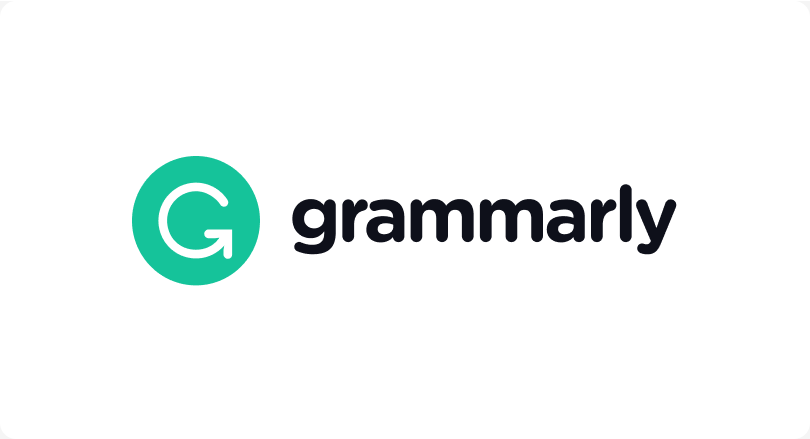Munculnya Kreativitas Siswa Akibat Ill Structured Mathematical Problem
DOI:
https://doi.org/10.33477/mp.v6i1.442Abstract
Abstrak Salah satu tujuan pembelajaran matematika adalah mengembangkan pemikiran. Untuk itu, perlu dilakukan penanganan dan penyelesaian masalah tersebut. Seorang siswa dalam menyelesaikan masalah harus berpikir, menganalisis masalah, mencari formulasi secara kritis yang sesuai dengan masalah, memeriksa data formulasi dan berusaha mencari strategi pemecahan masalah yang memungkinkan mendapatkan solusi. Pada banyak penelitian telah mengungkapkan tentang berpikir kreatif siswa, tapi belum ada hasil penelitian yang mengungkapkan secara detail bagaimana munculnya kreativitas siswa akibat menyelesaikan ill structured mathematical problem. Untuk itu, melalui penelitian kualitatif deskriptif, yang dilakukan pada beberapa kabupaten/kota di Provinsi Sulawesi Selatan dan Jawa Timur. Terungkap secara detail proses munculnya kreativitas siswa akibat menyelesaikan ill structured mathematical problem. Hasilnya adalah muncul kreativitas siswa dalam menyelesaikan ill structured mathematical problem. Kreativitas terjadi melalui proses membuat jawaban yang beragam dan benar dalam memecahkan masalah (fluency), karena ISMP memiliki beberapa jalur solusi; kemudian 2) memecahkan masalah dengan berbagai cara yang berbeda (flexibility), karena ISMP memiliki konteks yang spesifik dan situasi yang kompleks; dan 3) membuat berbagai jawaban yang berbeda dan benar dalam memecahkan masalah (novelty) karena ISMP sesuai dengan kehidupan sehari-hari sehingga siswa merasa mengalami masalah tersebut. Sehingga dengan think aloud dan klarifikasi melalui wawancara, siswa mengungkapkan proses kreativitasnya dalam menyelesaikan masalah yang disajikan. Kata kunci: kreativitas siswa, Ill Structured Mathematical Problem Abstract One of the goals of learning mathematics is to develop thinking. Therefore, it is necessary to handle and solve the problem. A student in solving a problem must think, analyze the problem, find the formulation critically according to the problem, check the formulation data and try to find a problem solving strategy that allows the solution. In many studies have revealed about creative thinking of students, but no research results reveal in detail how the emergence of student creativity due to solve ill structured mathematical problem. For that, through descriptive qualitative research, conducted on several districts / cities in the Province of South Sulawesi and East Java. Revealed in detail the process of the emergence of student creativity due to complete ill structured mathematical problem. The result shows that there is exist student’s creativity when solve ill stuctured mathematical problem. 1) Creativity are made by making variety and correct answer when solve problem (fluency) because ISMP has some pathed solution, then 2) solved problem into different way (flexibility) because ISMP has detailed context and complexity situtation and 3) making different and correct answers when solve the problem (novelty) because ISMP based on real life context so that student can feel the problem. Thus, think aloud and clarification by depth interview, student can express their creativity process when solve the problem. Keywords: exploration, students’ creativityReferences
Abdillah, Nusantara, T., Subanji, Susanto, H., & Abadyo. (2016). The Students Decision Making in Solving Discount Problem. International Education Studies, 9(7), 57-63.
Abdillah, Nusantara, T., Subanji, Susanto, H. (2017). Proses Berpikir Siswa dalam Menyelesaikan Ill Structured Problems Matematika. Prosiding Seminar Nasional Pendidikan Matematika, Program Studi Pendidikan Matematika Pascasarjana Universitas Negeri Malang. 1(1), 517-527.
Ayllón, M., Gómez, I., & Ballesta-Claver, J. (2016). Mathematical thinking and creativity through mathematical problem posing and solving. Propósitos y Representaciones, 4(1), 169-218.
Chi, M. T. H. & Glaser, R. (1985). Problem solving ability. In R. J. Sternberg (Ed.), Human abilities: An information-processing approach (pp. 227-250). New York: W.H. Freeman & Co.
Creswell, J. W. (2012). Research Design: Qualitative, Quantitative, and Mixed Methods Approaches. 3rd Edition. Los Angeles: Sage Publications, Inc.
Depdiknas. (2003). Peraturan Menteri Pendidikan Nasional Republik Indonesia Nomor 20, Tahun 2003, tentang Standar Proses dalam Pendidikan Matematika.
Jonassen, D. H. (1997). Instructional design models for well-structured & ill-structured problem-solving learning outcomes. Educational Technology Research & Development, 45(1): 65-94.
Karwowski, M., Jankowska, D.M., and Szwajkowski, W. (2017). Creativity, Imagination, and Early Mathematics Education. Springer International Publishing Switzerland 2017 7 R. Leikin, B. Sriraman (eds.), Creativity and Giftedness, Advances in Mathematics Education.
Kim, M. K., Lee, J., Hong, J. Y., & Kim, E. K. (2011). Study of ‘Ill-Structured’ status from mathematics problems in elementary school textbooks. Journal of Learner-Centered Curriculum and Instruction, 11(2), 1-21.
Kitchener, K.S. (1983). Cognition, metacognition, & epistemic cognition:A three-level model of cognitive processing. Human Development, 26(4): 222-232.
Miles, B. M. & Huberman, M. (1992). Analisis Data Kualitatif Buku Sumber Tentang Metode-metode Baru. Jakarta: UIP.
National Council of Teacher of Mathematics (NCTM). (2000). Principles and standards for school mathematics. Reston, VA: The National Council of Teachers of Mathematics, Inc.
Palm, T. (2008). Impact of authenticity on sense making in word problem solving. Educational Studies in Mathematics, 67(1), 37-58.
Permendikbud No. 22 Tahun 2016 tentang Standar Proses
https://drive.google.com/file/d/0BysfMxQdDzw2bHRYSmFRLVRBQUk/view
Sanders, S. (2016). Critical and Creative Thinkers in Mathematics Classrooms. Journal of Student Engagement: Education Maters, 6(1), 2016, 19-27
Shin, N., Jonassen, H. D., & McGee, S. (2003). Predictors of well-structured & illstructured problem solving in an astronomy simulation. Journal of Research in Science Teaching, 40(1): 6-33.
Silver, E. A. (1997). Fostering creativity though instruction rich mathematical problemsolving and problemposing. International Reviews on Mathematical Education, 29(3): 75–80.
Voss, J. F., Wolfe, C. R., Lawrence, J. A., & Engles, R. A. (1991). From representation to decision: an analysis of problem solving in international relations. In R. J. Sternberg (Ed.), Complex problem solving. Hillsdale, NJ: Lawrence Erlbaum Associates.
Wood, P.K. (1983). Inquiring systems & problem structures: Implications for cognitive development. Human Development, 26(5): 249-265.







